Hello, friends! This is Melissa from
Teacher Treasure Hunter. Are you looking for new ways to help your students dig
deeper into character studies? Do you want them to really understand the
character traits and personalities of the characters? I’m going to share 3
ideas and hopefully you’ll discover something new to try with your class!
#1
– Write a play
One of THE BEST experiences I have had
with my students was writing a play together as a class. It was a 1st grade class. I was looking for an idea
for parent night (open house style) and thought of performing a play.
Here is how I guided and supported the
students through this process.
1. Buy multiple copies of the book.
Scholastic Reading Club had a good deal on the Boxcar Children book (I think
they were $1) and I’ve always loved that book so I decided to use that for the
play. I thought through the characters and settings first to make sure it could
work.
2. Read it to the class. As I read, I would often
stop and illustrate parts of the book on the whiteboard. This book really lends
itself to that. When Gertrude Chandler Warner describes the boxcar, the stream
(which they use for a fridge --- and a swimming hole), the stump to climb into
the boxcar and so many other details you just get a good picture in your mind
and want to illustrate the story!
3. Have the students read the book in small
groups. During this time, I also had the students complete some
character pages and choose words that describe each character. By this
time, they were becoming familiar with the story and this was pretty easy for
them.
4. Write the play. I called small groups up
to the reading table and we would work on a section of the book at a time. I
prepared a list ahead of time of the main events in the calendar. I would
pretty much ask them what happened first? Then what? What was next? As they
figured out the next part of the story (and had it accurate) I would give each
of them a small square of paper and have them write part of it down. You write
about them finding a cup. What did Benny say? You write that. You write about
what Benny was looking for and what he found. You write about what happened
when they went back to the boxcar. They would write a sentence or two and I was
there to help them. They also helped each other a lot. I then took all those
papers (piles of many, many little squares!) and typed it out so that it made
sense. I kept their words the same as much as possible. As I typed, I decided
if it was a part for the narrator or an individual part.
5. Gather Props - The students helped me make some props
and they were very excited to bring things from home. One little girl said she
had a pink cup and brought in a pink plastic cup that she had taped some paper
onto so that it looked like it was cracked! I was so amazed by their creativity
and their total enthusiasm!
6. Have the students make the background
scenes. I had a list of the scenes we needed. Each student made 4 scenes using
a variety of art materials (markers, colored pencil, torn paper collage,watercolors). I
chose the ones that worked best for each scene and made
sure to use one from each student. I also used this artwork to scan for the
program and I put the extras up around the room. The night of the play, I put
the background scenes under the document camera so that they were projected on
the screen behind the actors.
7. Assign parts and practice. I divided the
play up into scenes and had different actors play each scene. So, there were
multiple people playing each part but they each had a different scene. We
practiced until they had it memorized. I encouraged them to ad lib. If they
don’t remember the actual words they still know the story and can tell it. I
had a copy of the play the whole time so I could remind them of their parts.
8. If you are going to perform it for an
audience, make programs and posters. The kids love seeing their names
advertised and feel like stars!
9. Perform! I can’t even begin to tell you
what a great job the kids did and how excited and proud they were. Some of them
were huge hams and as soon as they got a laugh they cranked up the performance
even more!
10. Collapse! J
The kids definitely know the story and
the characters after writing a play like this. They are immersed in the book
and it becomes very real to them.
The very best part of this experience,
was a text message that I received that summer. A dad messaged me a picture of
his daughter reading at the park:
A-MAZ-ING! Those are the type of notes
that you hold onto forever and look at on the challenging days.
#2 –
Create-a-Character
I’m getting ready to do this one with my
3rd graders. Just choose a selection of
books that have strong characters (people characters for this one). Let
them choose a book to read individually. Tell them they will be creating a
character. As they read, they should be looking for clues about the character.
What do they look like? What do they act like? What are their favorite things?
They will decorate the character to look like the character in the book. They
will find 3 things (objects or pictures) that remind them of their character.
They present it to the class and explain why the objects reminded them of the
character.
#3 –
Social Media
My 3rd
graders are obsessed with social media – especially hashtags. I just say
“hashtag” and instantly they are all listening and asking questions. I found
this out when I told a teacher about a recent Instagram post that I had written
and the hashtags I used (#savethanksgiving #justcallmeSarahHale).
The kids heard and wanted to hear all about it. Did you say hashtag? What did
you write? Etc. etc. Well, when you get
their interest like that it’s best to make the most of it!
I decided to create
a history series around hashtags - #HashtagHistory of
course! I just published the 1st one
– Paul Revere, #midnightride. I
can’t wait to use it with my students!
This would work great with a variety of
stories. The students can think of the hashtags that the character might use.
Have them write a short description of something that happens in the story and
write it in 1st person. They can write it like they are
going to post it on social media (don’t worry about minimum word counts for
this one) and then choose a few good hashtags. This really gets them thinking
about the characters feelings and interests.
Another fun one to do is a pretend facebook
page. I’ve actually done this with animals before. What would they write about?
What they are eating, close calls and narrow escapes, additions to the family,
habitat conditions, etc. Who would they unfriend? Their predators of course!
This would be a fun one to do with a book character.
I hope that you have discovered some ways
to help your students learn more about characters as they are reading. I have
some reading units in my TPT store as well as the new #HashtagHistory PaulRevere study. Everything is on sale through the end of the day. Don’t forget to
use the code SMILE for an additional 10% off the already reduced prices.
Happy December! See you next month!
















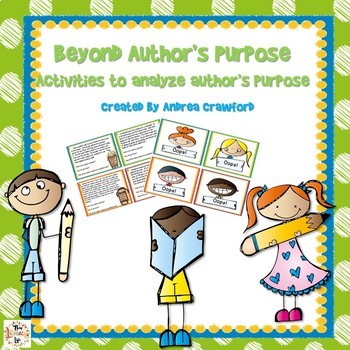


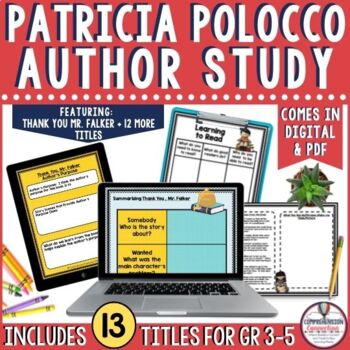
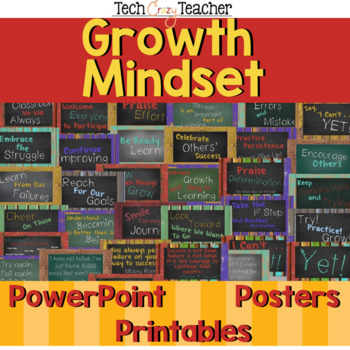
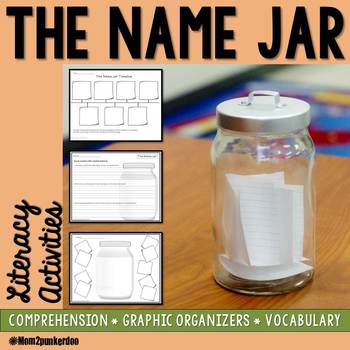

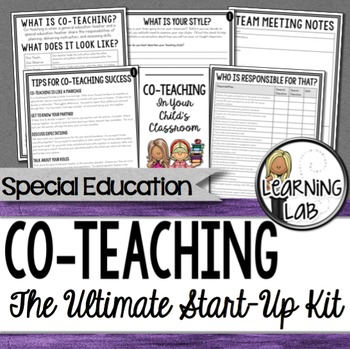


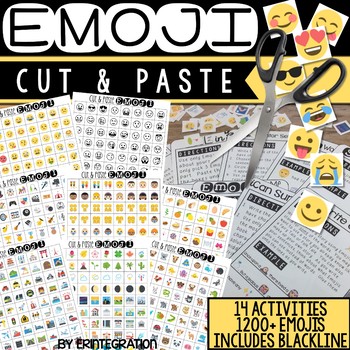
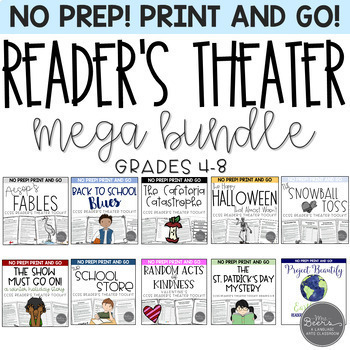



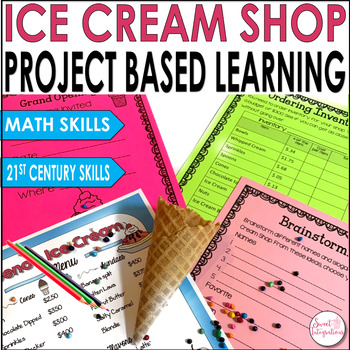




















Excellent recommendations! Thanks for these great ideas!
ReplyDelete